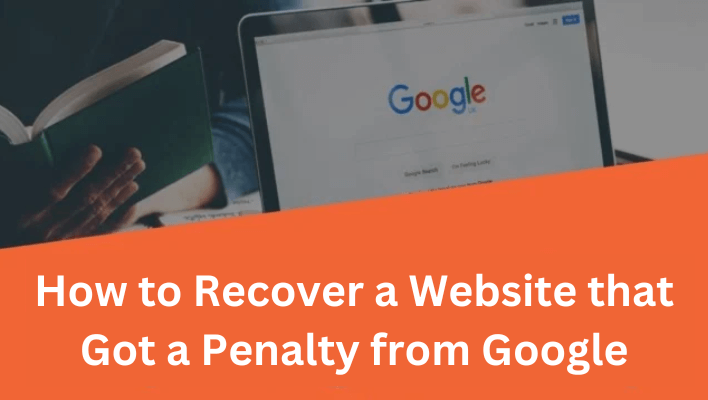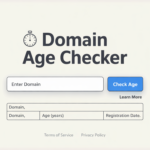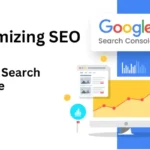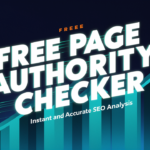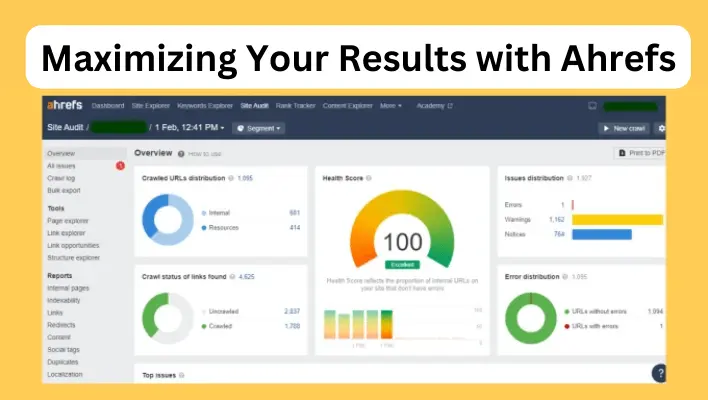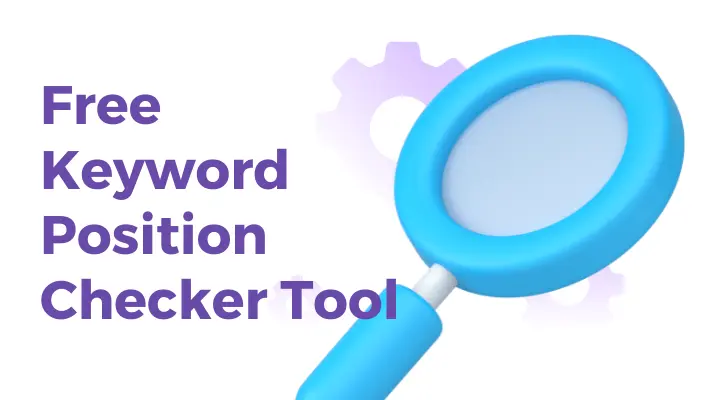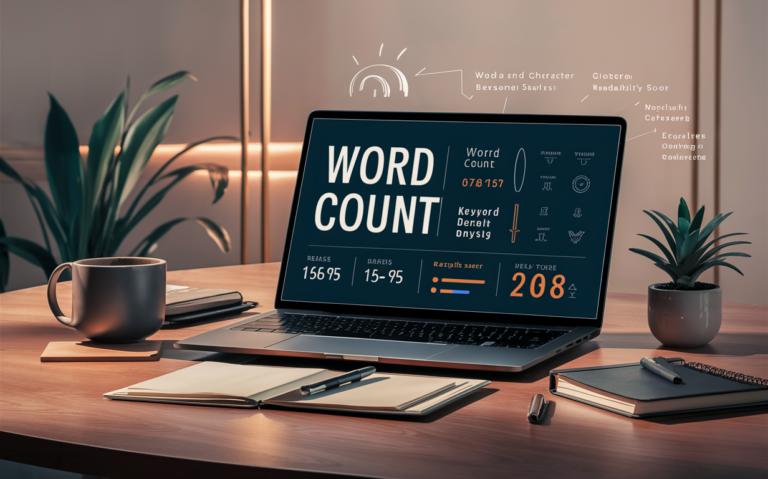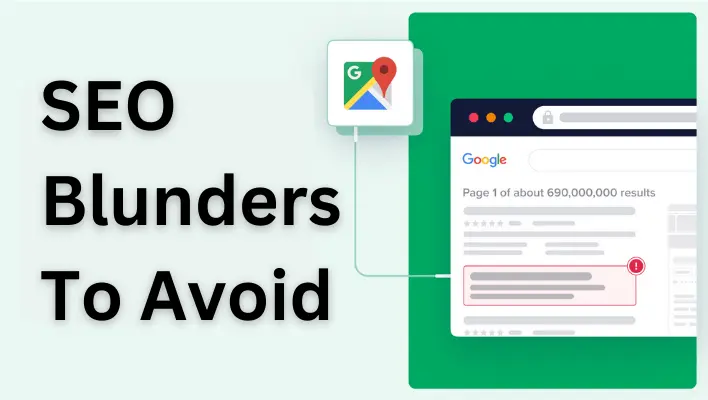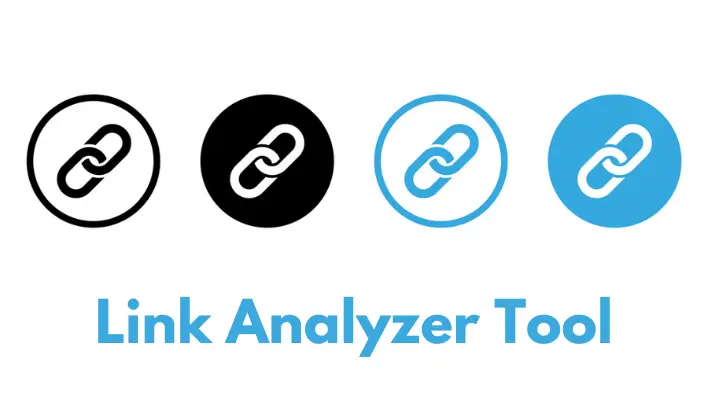How to Recover a Website that Got a Penalty from Google: A Useful Guide
Discovering that your website has been hit with a penalty from Google can be a disheartening experience. Whether it’s due to an algorithm update or a violation of Google’s guidelines, penalties can significantly impact your site’s visibility and traffic. However, the good news is that recovery is possible with the right approach and SEO tools. In this guide, we’ll walk you through the steps to recover a penalized website and explore beneficial SEO tools that can aid you in the process.
Contents
Understanding Google Penalties
Google penalties are measures taken by the search engine to demote or remove websites that engage in spammy, manipulative, or low-quality practices. Penalties can result in a drop in search rankings or, in severe cases, a complete removal of the website from search results.
Step-by-Step Guide to Recover a Penalized Website
Identify the Penalty
The first step in the recovery process is to determine the type of penalty your website has incurred. Check Google Search Console for any manual actions reported by Google. If there are no manual actions, you might be dealing with an algorithmic penalty, in which case you’ll need to analyze the timing of the traffic drop to match it with a known algorithm update.
Conduct a Site Audit
Perform a thorough site audit to identify and rectify any issues that may have triggered the penalty. Pay attention to on-page factors like duplicate content, keyword stuffing, and thin content. Also, assess your backlink profile for spammy or irrelevant links that could be hurting your site’s credibility.
Fix Technical Errors
Ensure your website’s technical aspects are in good shape. Check for crawl errors, broken links, and issues with the robots.txt file. Address any server or hosting problems that may hinder Google’s ability to access and index your site.
Review Your Content Strategy
Reevaluate your content strategy to ensure it aligns with Google’s quality guidelines. Focus on creating valuable, original, and user-centric content that provides solutions to your target audience’s problems.
Remove Harmful Backlinks
If you’ve identified toxic or low-quality backlinks, take action to remove them. Reach out to webmasters to request link removal, and if unsuccessful, use Google’s Disavow Tool to disassociate your site from harmful links.
Submit a Reconsideration Request
If your penalty is manual, after addressing all issues, submit a detailed reconsideration request through Google Search Console. Clearly outline the steps you’ve taken to rectify the problems and assure Google of your commitment to following their guidelines.
Patience is Key
Recovering from a Google penalty may take time. Be patient and monitor your site’s performance closely. Continue making improvements and adhering to best SEO practices.
Beneficial SEO Tools for Recovery
Google Search Console: Monitor your site’s health, identify penalties, and submit reconsideration requests.
Google Analytics: Track traffic fluctuations and user behavior to understand the impact of the penalty.
SEMrush: Perform a comprehensive site audit, analyze backlinks, and keep track of keyword rankings.
Ahrefs: Uncover toxic backlinks, track link building progress, and explore competitor strategies.
Moz Pro: Identify technical issues, track keyword rankings, and access valuable insights for recovery.
Conclusion
Recovering a website that has been penalized by Google requires dedication, effort, and a strategic approach. By following the steps outlined in this guide and utilizing beneficial SEO tools such as Google Search Console, Google Analytics, SEMrush, Ahrefs, and Moz Pro, you can improve your website’s chances of regaining its search visibility and reestablishing its online presence. Remember, prevention is better than cure, so maintaining a clean, high-quality website that adheres to Google’s guidelines is crucial to avoid penalties in the future.

